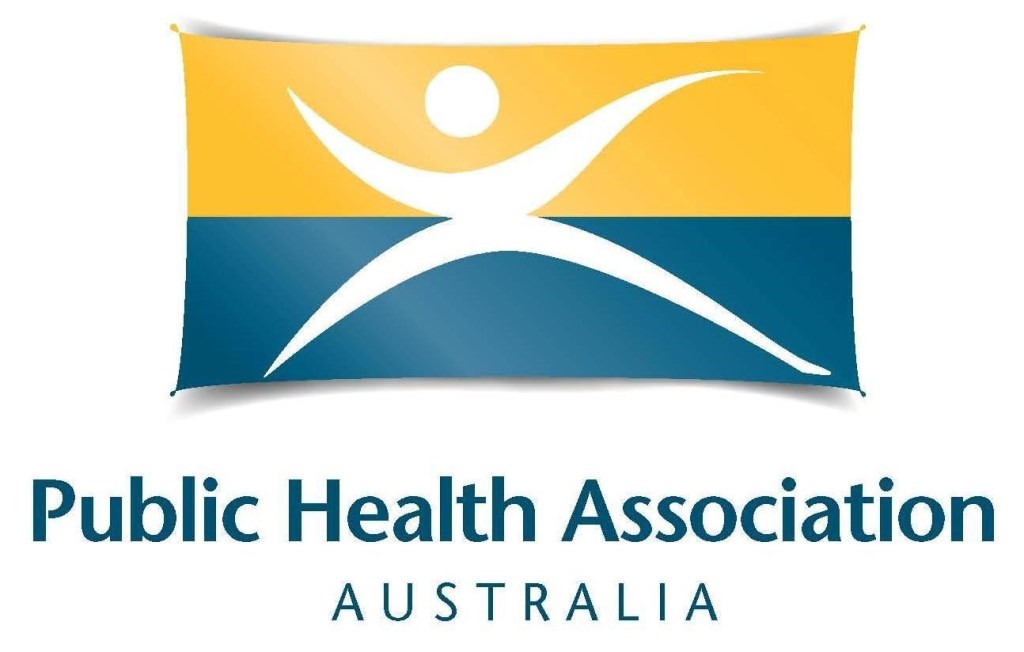Dr Ngan Dinh
Maps are trustworthy companions; they reveal our current location and lead us to unexplored horizons.
But have you ever imagined that a map could unlock the secrets of local health status and inform policy planning to shape our future?
Our new research, recently published in the Australian and New Zealand Journal of Public Health, demonstrates the intersection of geography and health – where we see pixels transform into pathways.
Tasmania is a beautiful island state in Australia where chronic diseases, particularly diabetes, place a significant health and economic burden on its healthcare system.
Unfortunately, it remains uncertain whether this burden is evenly distributed in different areas of the island.
The economic burden of disease, or the healthcare costs associated with a disease, is measured by various indicators which can be challenging to interpret.
In addition, healthcare costs comprise multiple components reflecting different healthcare services.
Imagine it as a puzzle where each piece represents a different aspect of health – such as visits to the doctor or hospital, or blood tests.
Sometimes, it can be challenging to put all the pieces together to reveal the whole picture, even for the experts.
To address this, we have developed a useful tool – a web-based interactive map.
We analysed pathology records, emergency department (ED) visits, hospital visits and death records for 51,324 people with diabetes and 102,648 people without diabetes in Tasmania from 2007-2014.
This information allowed us to calculate the number of people with diabetes and how many of them died in each area in Tasmania in 2017, as well as various healthcare cost indicators.
Instead of showing pathways and geological features, our map reveals the diabetes healthcare landscape specific to the Tasmanian population.
The best part is – you can view all the information visually, as long as you have access to the internet.

Using this map, you can discover how much money was spent on diabetes management in different areas of the island with a simple click.
The map reveals differences in diabetes burden in different areas of the island. In general, the highest diabetes burden exists in the West and Northwest of Tasmania, with 7.5 percent of its population living with diabetes in 2017, and an average of $5982 spent for a person with diabetes each year during the period 2004-2017.
That’s $2627 higher than a person without diabetes living in the same region.
By combining different diabetes outcomes on a single platform, our interactive map facilitates easier comparison between geographical areas.
However, it is important to keep in mind that the map only informs us about the situation, without revealing the ‘why’ behind it.
The map is for policy makers and the local community to be aware of the size of the problem, to develop hypotheses and explore the underlying reasons to take the right actions – not for victim blaming.
It is well known that diabetes is a complex condition that can lead to devastating and costly complications.
Recently, Diabetes Australia published the results of a model reporting that not receiving routine healthcare checks in type-2 diabetes people would cost the Australian healthcare system approximately $2.3 billion per year.
Most of the costs came from increased hospital admissions and ED visits for diabetes complications, such as chronic kidney disease, retinopathy, and amputation.
Therefore, investing in preventing diabetes and the progression of its complications could lead to huge savings for the healthcare system.
Given the variation in diabetes burden in Tasmania and the “hot spots” of high diabetes burden identified, policy makers should implement actions aimed at specific areas.
These policies must consider varying levels of need for services across the state, emphasise the importance of investment in prevention, and ensure that healthy food is accessible and affordable.
As healthcare was identified as the most important issue of concern for Tasmanian voters in the upcoming 2024 state election, I hope political candidates will take into account the evidence and focus on prevention and healthcare investment.
Only this will effectively address the community demand for a resilient public healthcare system.
Dr Ngan Dinh is a Postdoctoral Research Fellow at Menzies Institute for Medical Research, College of Health and Medicine, University of Tasmania.
Editor’s note: Food affordability and prevention investment are two of PHAA’s top policy priorities. PHAA operates the Vote For Public Health election campaign site to educate electorates about various public health topics we hope they consider before casting their ballot. Check out voteforpublichealth.com and Vote For Public Health, Tasmania.
Image: Supplied UTAS


Leave a Reply